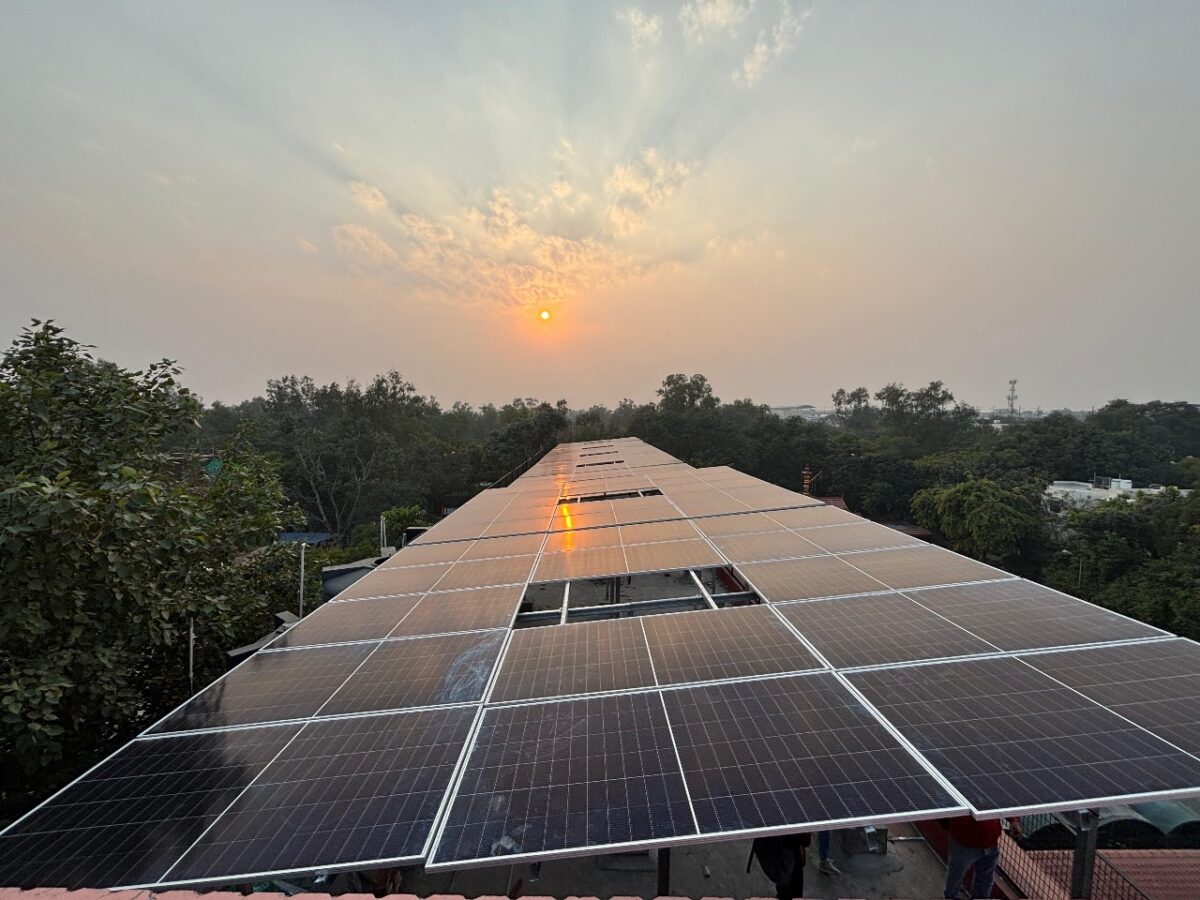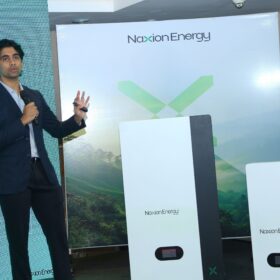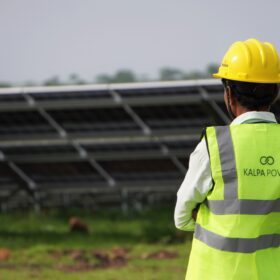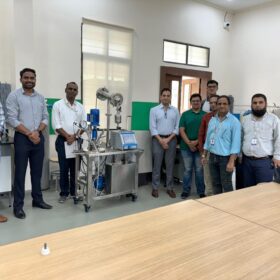When people consider solar energy, they tend to imagine shiny solar panels either on rooftops or in open fields. While solar panels are an essential component of the system, most people are not aware of the real work, technology, and planning that goes into the design of a solar power plant. The functioning of the panel affects the power output of the whole structure, depending on the placement and orientation of the panel, as well as the actual layout. Additionally, these elements impact the overall cost, reliability, and durability of the system.
Solar energy is a clean, reliable, and renewable energy source available in limitless supply. It can power autonomous systems, remote stations, and amenities that are off the grid. However, sub-optimal solar power system designs can cause losses up to 25%, while good designs can get those losses below 10%. This article describes the usually neglected technical considerations there might be in designing and laying out a high-performance solar system.
How direction and angles increase solar efficiency
Panel configurations center on direction and tilt as their basis. In the Indian setting, we orient solar panels towards the south to soak in maximum sunlight throughout the year. Many installers align the panels with roof orientation, and that, they say, can lead to about an 8% loss in generation.
Any slight change to the tilt will have a significant loss on energy output. Consider the analogy of a mirror that reflects light. Are we optimizing the capture of sunlight during different seasons to ensure panel efficiency.
Shed-free solutions: Damage in solar systems and prevention of safety threats
Installation of panels in shadowed areas is perhaps the most damaging mistake on rooftops. Partial shading on a panel can cause hot spots, which diminish the output of the panels or even cause fires. A shadow will also degrade the performance of other panels connected in series, as the voltage drop takes the system out of the MPPT (maximum power point tracking) range.
Panels fully shaded during parts of the day can lose 100% of their generation capacity, and shading can further affect other panels in the same string. Designers now use simulation tools to study shading effects throughout the day and across seasons to ensure optimal placement.
Important: Never oversize the system to meet exaggerated demands—it may lead to lower generation and void warranties. A shadow-free installation is critical for safety and efficiency.
Smart size: Solar capacity must match energy requirements
Before any layout should be undertaken, the first consideration is the annual consumption of electricity by the customer. System capacity should be aligned to actual consumption and limited as per sanctioned load under the government policies. However, if the consumption exceeds the sanctioned load, the customers can upgrade their load but should bear increased fixed charges ranging from Rs 150 to Rs 250 per kW.
The installation of additional inverters and capacitors may lead to unnecessary costs, lower panel efficiency, and eventually an increased risk of system failure.
Construction for long races and safe establishments
The type of roof is important to ensure that growing systems are safe. Under normal circumstances, solar panels must be mounted with every consideration given to anchoring bolts into the concrete slab, so that the system can withstand high wind pressures, especially during storms.
Using chemical relations agents can increase strength and prevent leakage. Avoid risky solutions such as structures hanging outside the walls – even if customers request them. Safety is non-negotiable, both for the structure and for installation crews.
Designs must also consider local wind loads and provide for proper spacing between support legs-not more than 2.5 meters-to avoid any kind of instability. Use of hot-dip galvanized structure is highly recommended to avoid corrosion and for durability.
Gets less risky, easier and more effective designed for durability-ravages
A clean solar panel is a productive panel. Dirt can reduce generation by up to 5% and reduce the useful life of panels. Cramped layouts without walkways are detrimental to maintenance.
Proper spacing considerations provide for cleaning and repair access. While designing the installation, module spacing and access paths for safe movements should be incorporated. Drainage should also be considered to curb water logging during monsoons, as this will promote corrosion and electrical faults.
Efficient wiring: How to reduce electricity loss by wise system placement
The placement of inverter and wiring layouts plays an important role in reducing electrical loss. The distance of the long cable leads to energy leakage, such as water pressure falls on long pipes. Thus, the inverter should be stationed close to the panels, and the wiring should follow the lowest possible path.
Properly designing the layouts for cable runs and inverter placements can greatly increase efficiency by reducing the cost of installation and maintenance.
Localized solutions: sewing solar systems for various environment
India’s diverse geography demands climate-specific designs. For example:
- The coastal areas face high corrosion risks-using anti-forest material should be one.
- The mountainous or snow areas require stator tilt angles to effectively shed ice.
- Rainfall areas such as Kerala require elevated structures and regular cleaning plans.
A size-fit-all approach is ineffective. Good solar layout designs correspond to local environmental factors, which ensure optimal performance and longevity.
Data-driven design: design of solar systems through technical assistance
Advanced simulation software now helps designers imagine shade patterns, dust accumulation, seasonal sun angle and performance over time. These devices help to create cost -effective, safe and high performing layouts by predicting the challenges of the real world before installation.
Simulation-driven design also optimizes inverter size, cable routing and structural requirements, saving both time and money, ensuring long-term reliability.
Maximizing Space: Intelligent planning means that every inch turns into power
Whether it is on the roof or ground-mounted plant, space adaptation is important. On the roofs, designers balance panel placements with walkway and maintenance location. For land installations, soil type, wind pattern and local vegetation should guide design decisions.
A well -employed layout ensures maximum generation without compromising aesthetics, security or future detail.
Conclusion: Behind the science of solar design
The design of an ideal solar plant is about much more than just putting panels in: it constitutes a science of precision, safety, and foresight. The quality and strength of any one system are necessarily tied to its solar layout, be it orientation, provision for maintenance access, wiring, or even wind resistance.
Panels are the face of solar, while a solar layout always works as the invisible backbone to make systems efficient, safe, and reliable for decades. As India marches toward its renewable energy targets, the appreciating intricacies behind solar layouts will see to it that every installation is ready for the future beside being ready for use.
The views and opinions expressed in this article are the author’s own, and do not necessarily reflect those held by pv magazine.
This content is protected by copyright and may not be reused. If you want to cooperate with us and would like to reuse some of our content, please contact: editors@pv-magazine.com.








By submitting this form you agree to pv magazine using your data for the purposes of publishing your comment.
Your personal data will only be disclosed or otherwise transmitted to third parties for the purposes of spam filtering or if this is necessary for technical maintenance of the website. Any other transfer to third parties will not take place unless this is justified on the basis of applicable data protection regulations or if pv magazine is legally obliged to do so.
You may revoke this consent at any time with effect for the future, in which case your personal data will be deleted immediately. Otherwise, your data will be deleted if pv magazine has processed your request or the purpose of data storage is fulfilled.
Further information on data privacy can be found in our Data Protection Policy.